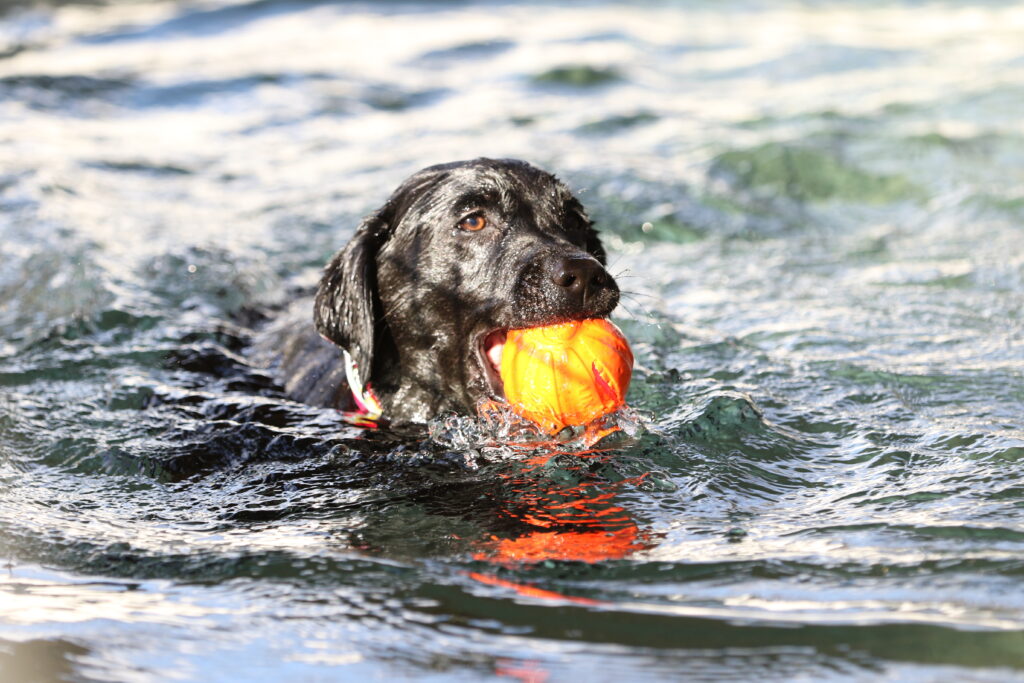We’ve heard from people in various capacities who are “directly” saving the lives of dogs and cats.
So, we wanted to learn more about the fundamental aspects of “animal welfare” for dogs and cats, so we heard from Suzuki-san, a dog training and instructor and behaviorist.

Q. What kind of work is a dog behaviorist?

A. Simply put, I’m a dog behavioral in dealing with psychogenic issues in dogs based on dog behavior, cognitive behavior, and psychology.
A dog behaviorist helps to improve the quality of life for both parties.

Q. Can you tell me more about dog behaviorology?

A. To put it simply, it is the study of dog’s feelings.By studying each dog’s behavior, we can get closer to the emotions the dog is having at the time.
For example, by considering the feelings of dogs and cats, we are able to correct behaviors such as barking, excretion, biting and other behaviors that are troublesome to owners.

There is a period of time in dog developmental psychology called the “initialization period”, which is from one month to three months of age.During this period, the nerves for learning and remembering various things are developed, so how much you expose your dog to many dogs and to the sounds of life around them during this period is important in determining whether or not he will grow up to be a dog with no problematic behavior in the future.
If you miss that period, you will end up with a dog that is frightened of other dogs and does not miss them.
In recent years, the “socialization period” has become the focus of pet stores, and the number of places that play car noises in the dog’s cage has been increasing every year.
Next, he told us about his approach to animal welfare.

Animal welfare refers to the idea of minimizing distress, such as the pain and stress that humans generally inflict on animals, and achieving the psychological well-being of animals. Animal Welfare itself is an abstract idea, but the Five Freedoms have been recognized internationally as a specific standard and goal.
1.freedom from hunger and thirst
Giving them proper food and water to maintain their health.
2.freedom from pain, injury and illness
Protect them from injury or illness and provide adequate veterinary care if they are sick.
3.freedom from fear and inhibitions
Don’t give them undue stress, fear or depression, and protect them from them.
Because animals also feel pain and suffering, we should avoid as much as possible not only physical burdens but also mental burdens.
4.freedom to act free from discomfort
Provide a comfortable environment for each animal in terms of temperature, humidity, lighting, etc.
5.freedom to act naturally
To enable the animals to behave naturally according to the ecology and habits of each animal species. Animals that live in herds need the presence of their own kind of mates.
Source: Ministry of the Environment website

If these five freedoms can be made more widespread in Japan and become the norm, it will be possible to create a mutually beneficial relationship between humans and animals.

Q. From your perspective, how do you think you can reduce the number of killings?

A. I would like you to study the characteristics of the species before you get a pet.
For example, do you know what Labradors were once kept for?
Labradors were once kept to retrieve their prey.
As such, they are good at adding things to their mouths and carrying them.
The problematic behavior of modern Labradors is that they often put everything in their mouths.
You can train your Labrador to understand the characteristics of the breed by learning about the past.
Thus, it is essential that you learn about your pet before you get it.


